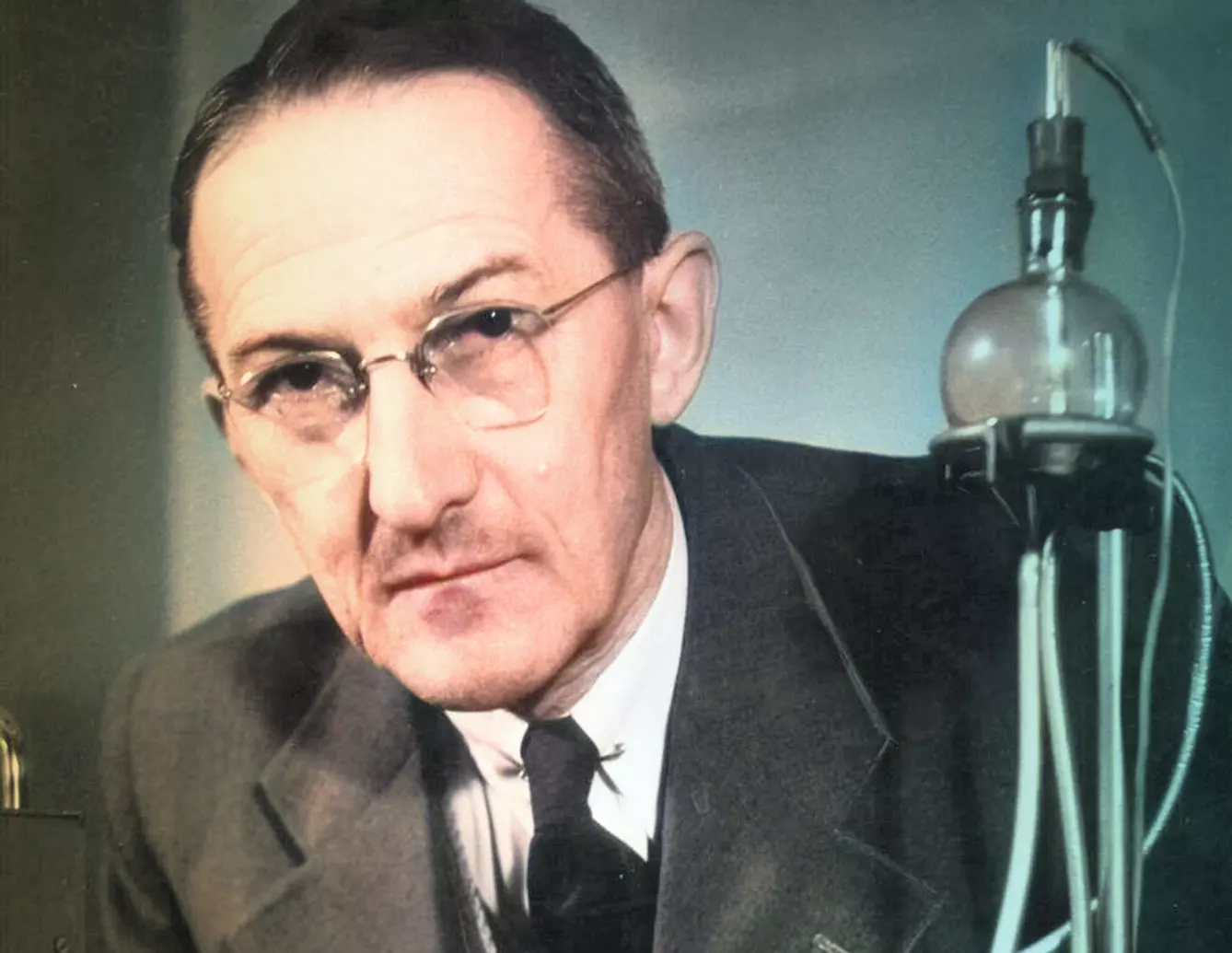Czechs are generally associated with an easy-going attitude and common sense, which contrasts with the heated emotions and inability to sit still of other neighboring nations. In short, the mainstream of world events tries to avoid our Czech friends, and they themselves are not eager to meet it, preferring to enjoy a peaceful life, which includes the best beer and knedle in the world.
But that’s not entirely the case. It turns out that the Czechs have proven time and again that they can cause ripples in the world of science – and they have done so multiple times over the last hundred years, greatly contributing to natural and technical-scientific fields.
Here are some impressive examples:
Nano-fibres
Hailed as the “Material of the Third Millennium,” nanofibres are quite a significant invention, given their multitude of applications and remarkable properties.
The technological process for the industrial production of polymer nanofibres was developed in 2003 at the Technical University in Liberec by the team led by Professor Oldřich Jirsák. The fibers are a thousand times thinner than hair and are used in medicine, the automotive industry, aviation, and clothing. They are ideal for the production of another Czech invention – artificial blood vessels.

Artificial blood vessels
Again, we return to the Technical University in Liberec, which has applied the experience gained from working on nanofibres to develop artificial blood vessels. These collagen-based, nano-thin, flexible tubes have changed vascular surgery forever. The artificial blood vessels themselves were developed by scientists and doctors led by surgeon Milan Krajíček.
Contact lenses and silicone (Czech polyamide fiber)
Czechs have a knack for various interesting and unusual materials. One of them is polyamide gel developed at home by Professor Otto Wichterle. The gel is now used to make contact lenses, which up to that point were made of glass or other inflexible materials. Too bad the communist Czech government sold the patent for the polyamide gel to the USA for half price, or Czechia would be at least one billion dollars richer today.
Polarography
Professor Jaroslav Heyrovský was the first Czech to be awarded the Nobel Prize in Chemistry in 1959 for the discovery of polarography. Polarography makes it possible to find out how much of a given substance is present in a solution. For example, it makes it possible to tell how much oxygen there is in the atmosphere or how many toxic metals there are in water. Today, computer polarographs are in every laboratory and are also used in biology, pharmacy, and biochemistry.
With Czechia rising in the ranks of countries with the most potential for innovation, you can bet that the world will soon be seeing more revolutionary discoveries out of this Central European country to come.







